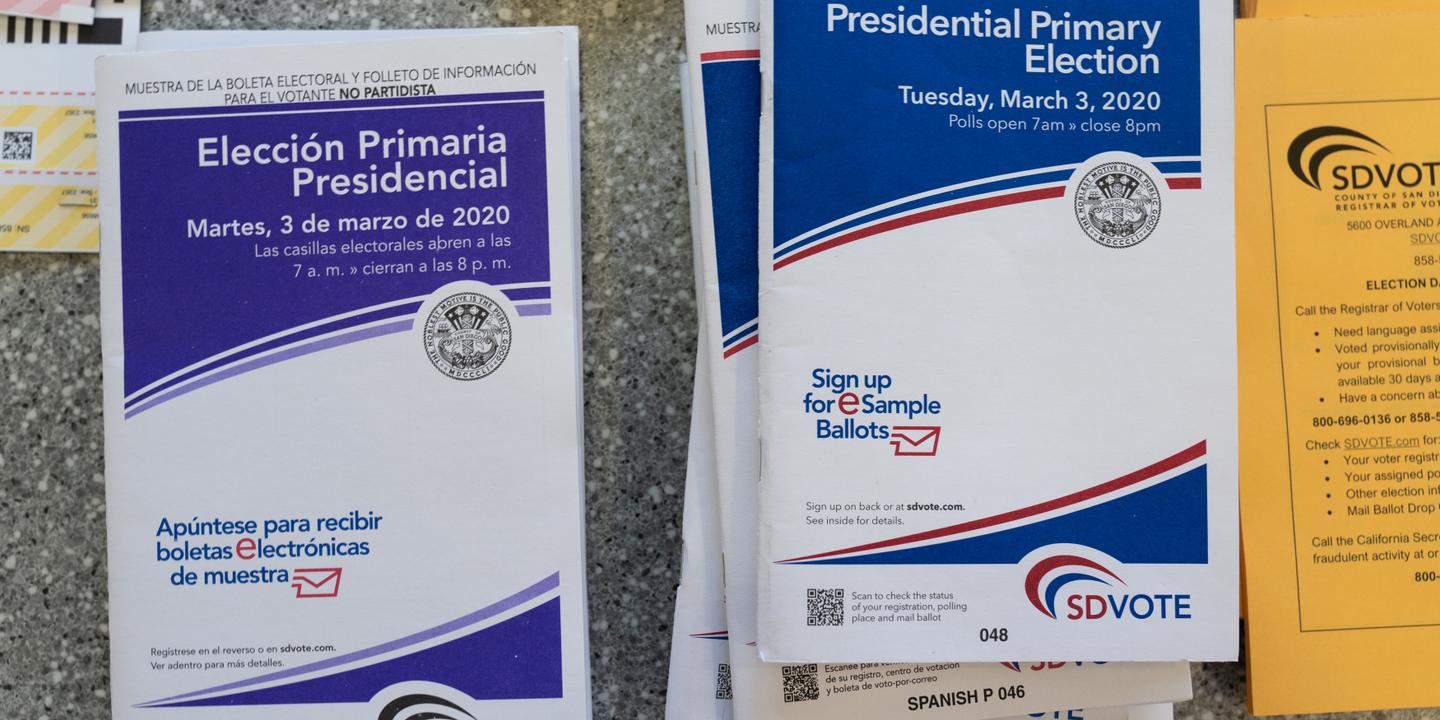
Trump Administration Reportedly Considered English as Official US Language
An unconfirmed report circulated stating that then-President Donald Trump was poised to sign an executive order on Friday, February 28th, establishing English as the official language of the United States. The alleged directive, according to a document obtained by Agence France-Presse (AFP) from a White House official, aimed to "promote unity" within the nation.
The document purportedly stated, "It was more than time that English be recognized as the official language of the United States." However, while the official indicated the signing was expected on Friday, the White House, by Friday evening, had not officially confirmed whether the order had been executed. This ambiguity surrounding the event left the public unsure about the actual changes to come.
If implemented, the new decree was expected to revoke a previous executive order from 2000, signed by President Bill Clinton, which focused on improving access to government services for individuals with limited English proficiency. Under Clinton’s order, federal agencies were encouraged to provide services in languages other than English to better serve a diverse population.
The Trump administration’s proposed policy shift signaled a departure from this approach. The new order, if signed, would remove the obligation for federal agencies to offer multilingual services. While not explicitly prohibiting such services, the directive would allow agencies the discretion to provide them only if they were deemed necessary to "best serve Americans and fulfill their missions."
The White House official, speaking to AFP, asserted that "With this decree, President Trump reaffirms that a common language promotes national cohesion, helps newcomers participate in the life of the population and traditions, and enriches our shared culture." This statement highlights the administration’s belief that a unified language fosters a stronger national identity and facilitates the integration of immigrants.
Historically, the United States has never formally recognized an official language. This absence has been the subject of ongoing debate and numerous legislative attempts over the years. Throughout the past century, various bills proposing English as the official language have failed to pass through Congress, reflecting the complexity and controversy surrounding the issue.
Donald Trump himself had expressed the importance of English in American society since entering the political arena in 2015. He frequently emphasized the role of English in assimilation, particularly in the context of immigration.
During a Republican presidential primary debate that year, Trump declared, "We are a country where, to assimilate, you have to speak English." He further stated, "We are a country where we speak English, not Spanish." These remarks underscore his perspective that English proficiency is essential for integration and success in the United States. Notably, the largest immigrant populations in the United States originate from Spanish-speaking countries, making this linguistic issue particularly relevant.
The potential signing of such an executive order sparked widespread discussion and debate, highlighting the diverse perspectives on language policy within the United States. Proponents of English as the official language often argue that it promotes national unity, reduces government spending on translation services, and encourages immigrants to learn English, thereby facilitating their economic and social integration.
Opponents, on the other hand, contend that such a policy is discriminatory, alienates non-English speakers, and could hinder access to essential services for vulnerable populations. They argue that multilingualism is a valuable asset and that the government has a responsibility to provide services in languages that reflect the diversity of its citizens.
The debate also raises broader questions about the role of language in shaping national identity and the relationship between immigration and cultural assimilation. Some argue that embracing linguistic diversity strengthens the country, while others believe that a common language is necessary for social cohesion.
The potential consequences of the executive order, had it been signed, were far-reaching. Federal agencies might have reduced or eliminated multilingual services, potentially impacting access to healthcare, education, and other essential resources for non-English speakers. Furthermore, the order could have sent a message to immigrant communities that their languages and cultures are not valued, potentially hindering their integration into American society.
Ultimately, the report concerning the potential executive order shed light on a long-standing debate in the United States regarding language policy and its implications for national unity, immigration, and access to government services. While the order’s official implementation remained unconfirmed at the time of the report, the discussion surrounding it illuminated the complexities and sensitivities surrounding language in a diverse and evolving nation. The issue serves as a reminder of the ongoing need for thoughtful consideration of language policies that promote inclusivity, access, and effective communication for all residents of the United States. The ambiguity surrounding the signing of the order added to the existing anxieties regarding the potential marginalization of non-English speakers within the United States, a population already facing significant challenges in navigating social services and accessing essential resources. The potential shift signaled a departure from inclusive practices and raised concerns about equitable access for all.
